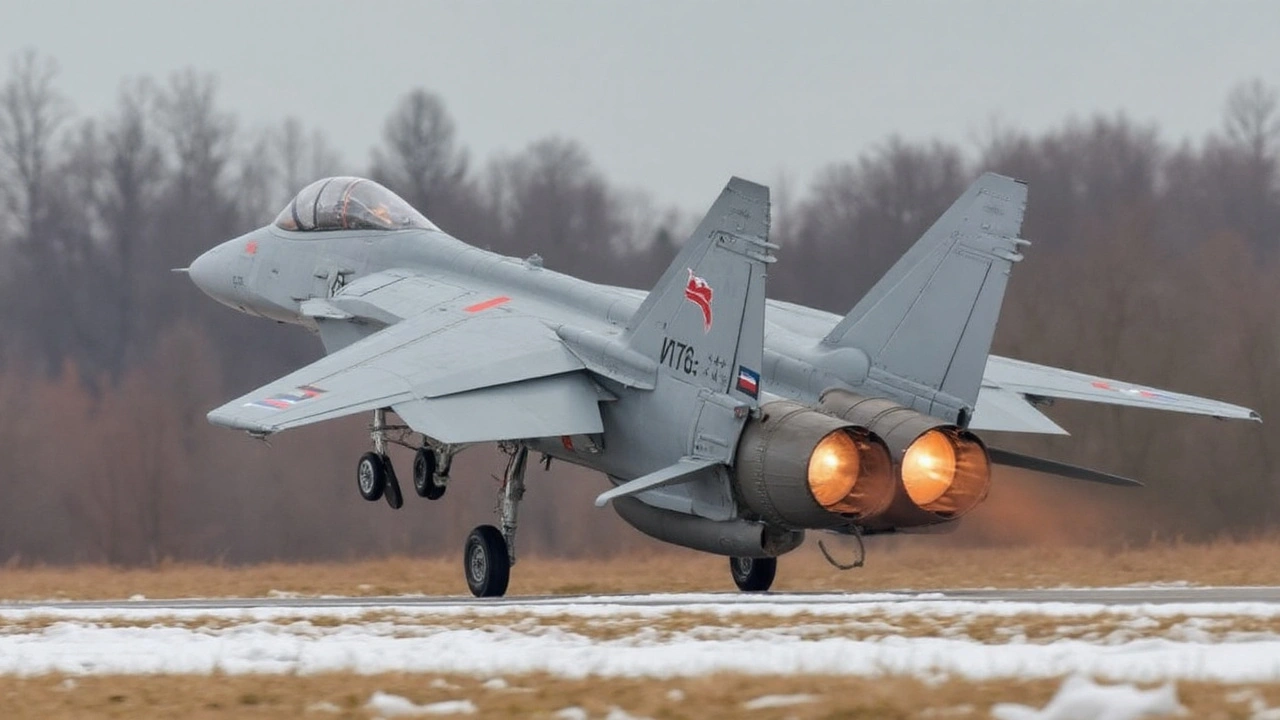If you’ve ever wondered what makes a high‑altitude, high‑speed jet tick, the MiG‑31 Foxhound is a perfect case study. Born in the Soviet era and still flying today, this plane blends raw power with clever upgrades to stay relevant. Let’s break down why pilots and analysts keep talking about it.
The Foxhound is a twin‑engine monster. Each engine can push the aircraft beyond Mach 3, meaning it can fly three times faster than the speed of sound. That speed isn’t just for bragging rights; it lets the jet intercept enemy bombers before they get close to Russian airspace. Its large wings and sturdy airframe give it a high ceiling – over 20 km – so it can operate where thinner air makes many fighters sluggish.
Fuel consumption at top speed is huge, but the MiG‑31 balances that with a long range of about 3,000 km when cruising. That makes it useful for patrolling the massive borders of Russia and former Soviet states. The cockpit is designed for two people: a pilot and a weapons officer, both with similar glass panels that show radar data, altitude, and speed in real time.
Original MiG‑31s featured the powerful Zaslon radar, one of the first phased‑array radars on a fighter. It could track multiple targets at once and guide missiles out to 200 km. Today, upgraded versions like the MiG‑31BM carry the newer Zaslon‑R radar, which is sharper and can spot stealthier aircraft.
When it comes to armament, the Foxhound is built to carry long‑range missiles such as the R‑33 (AA‑10 Almaz) and the newer R‑37 (AA‑13 Arrow). These missiles can engage targets far beyond visual range, giving the jet a huge tactical advantage. For close‑in fights, it can also fire short‑range R‑73 missiles and a 23 mm cannon.
Modernization doesn’t stop at radar. Many MiG‑31s have received new electronic warfare suites, autopilot tweaks, and data‑link equipment that lets them share target info with other aircraft or ground stations. Some are even fitted with air‑to‑ground weapons, turning the interceptor into a limited strike platform.
What’s the bottom line? The MiG‑31 Foxhound is a blend of brute speed, high‑altitude reach, and ever‑evolving tech. It may look like a relic from the Cold War, but continuous upgrades keep it a credible threat in today’s air‑defence landscape. Whether you’re a plane enthusiast or just curious about why certain aircraft stay in service for decades, the Foxhound shows how a solid foundation plus smart updates can outlast newer designs.
Next time you hear about an incoming high‑speed jet, think of the MiG‑31: a supersonic workhorse that still packs a punch in the modern sky.
